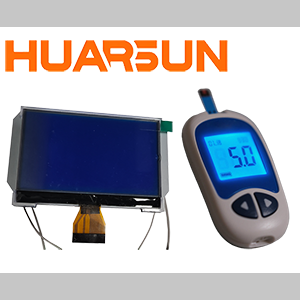Smart glasses are once again in the spotlight, with new models focusing on open-ear audio, lightweight materials, and UV-protective lenses. But many of these futuristic wearables, including recent market entrants, have one thing in common: they don’t use screens.
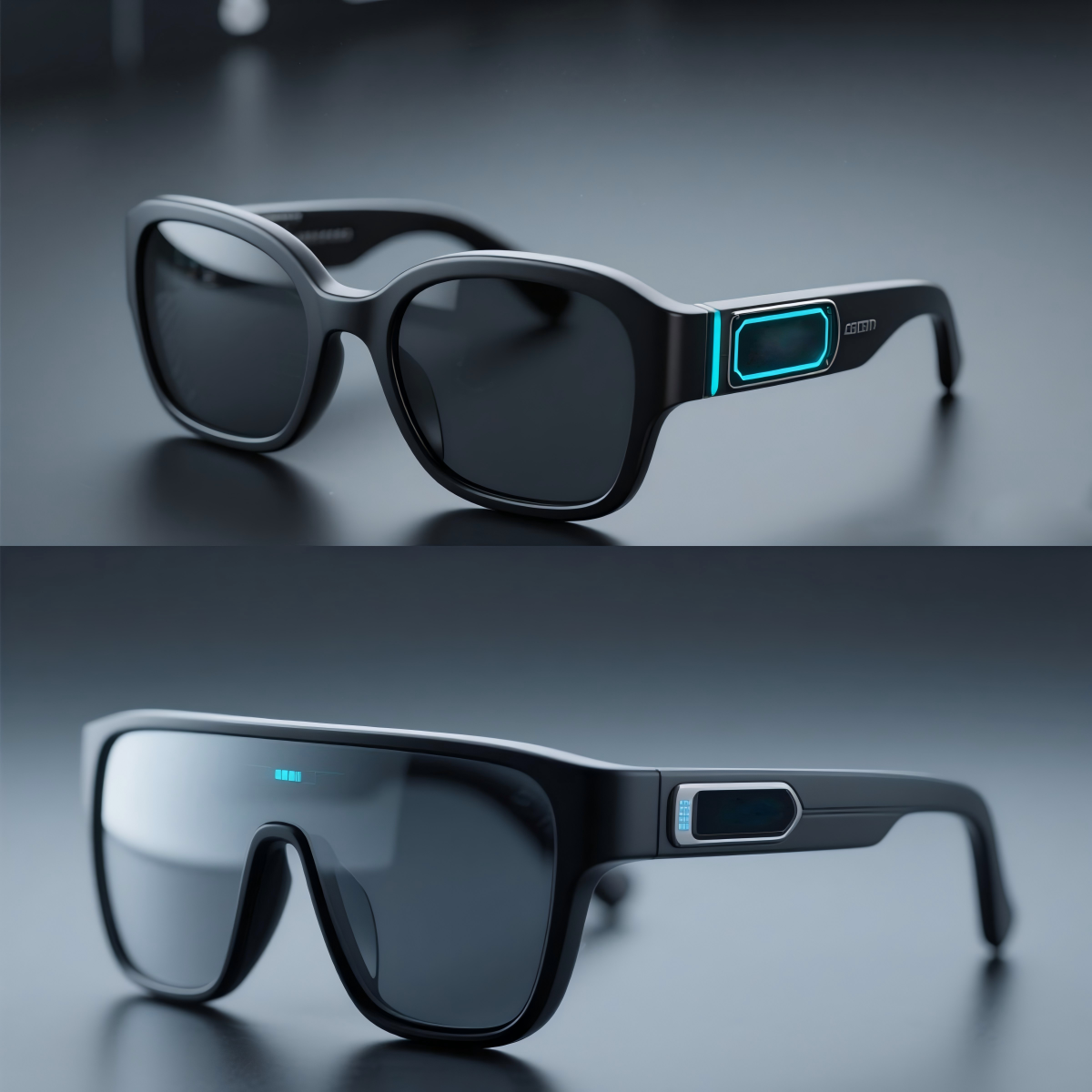
This decision may seem counterintuitive—aren’t displays central to smart devices? In reality, the absence of a screen in smart glasses underscores a growing trend: displays are moving away from flashy flagships and finding their true strength in compact, functional devices across industries.
Let’s explore why TFT, AMOLED, and monochrome display modules, especially those under 2.4 inches, are thriving quietly but powerfully in wearable tech, medical tools, and industrial solutions.
Why No Screens in Smart Glasses?
Smart glasses that prioritize voice control and audio feedback aim to reduce power consumption and weight. Screens, while useful, would demand battery, processing power, and UI complexity—things that compromise comfort and simplicity.
In such designs, lens-based technologies like photochromic or electrochromic film replace the need for visual displays. The result? Clean design, long battery life, and seamless voice interaction.
But where screens are skipped in glasses, they are flourishing in other smart form factors.

Where Small Displays Thrive
While glasses go screenless, smart wearables, portable healthcare tools, EV devices, and compact industrial equipment are adopting small displays faster than ever.
1. Smart Wearables
Smartwatches, sports bands, and wearable monitors rely on 1.28-inch TFT or 1.43-inch AMOLED displays to show everything from heart rates to notifications.
These modules offer:
-
Vibrant color and sharp visibility
-
Low power SPI interface
-
Circular and square formats for flexible design
-
Touch or button UI compatibility
-
Our 1.28” TFT and 1.43” AMOLED modules are in use across European and Southeast Asian smartwatch OEMs.
-
2. Handheld Medical Devices
Blood oxygen monitors, glucose testers, ECG trackers, and digital thermometers all use small displays to convey vital patient data in real time.
Monochrome and small TFT modules offer:
-
High brightness and contrast
-
Wide viewing angles for medical staff and patients
-
Stable long-term performance
-
Interface flexibility (SPI/I2C)Our 0.96” mono and 1.3” TFT modules are widely adopted in European portable medical solutions.
-
3. EV Chargers and Energy Meters
With the rise of electric vehicles, compact charging modules use displays for real-time feedback, status updates, and usage history.
These require:
-
1.8” or smaller TFT displays
-
Anti-reflective coatings
-
Outdoor readability (800+ nits)
-
Extended temperature toleranceWe supply TFT modules for EV charger manufacturers in Germany, Poland, and surrounding markets.
-
4. Industrial HMIs and Mini Control Panels
Handheld tools and small-scale factory machines increasingly rely on 0.96” mono or 1.44” TFT modules to show basic operating status, alerts, and menus.
These require:
-
Long LED backlight life
-
Low EMI, durable packaging
-
Compatibility with MCU or PLC
-
Compact mounting footprintsWe’ve partnered with industrial clients across Eastern Europe to supply durable modules for rugged use.
-
Customization Demand Is Growing
OEM clients increasingly request custom-sized displays, or modules that include:
-
Pre-soldered driver boards
-
Modified pin-outs or connector type
-
Anti-UV film or touch panel integration
-
Flexible FPC design
-
MOQ starting at just 1K pcsOur in-house production and engineering team shortens time-to-market by 3–5 weeks for most custom display modules.
-
Small Displays, Big Market
According to recent research:
-
The global market for <2.5” display modules is growing at 6.8% CAGR (2024–2029)
-
Wearables and medical applications make up 32%+ of global volume
-
AMOLED penetration in small displays is rising
-
Monochrome modules still dominate in energy-efficient industrial use
In short, the world is quietly being run by small displays.
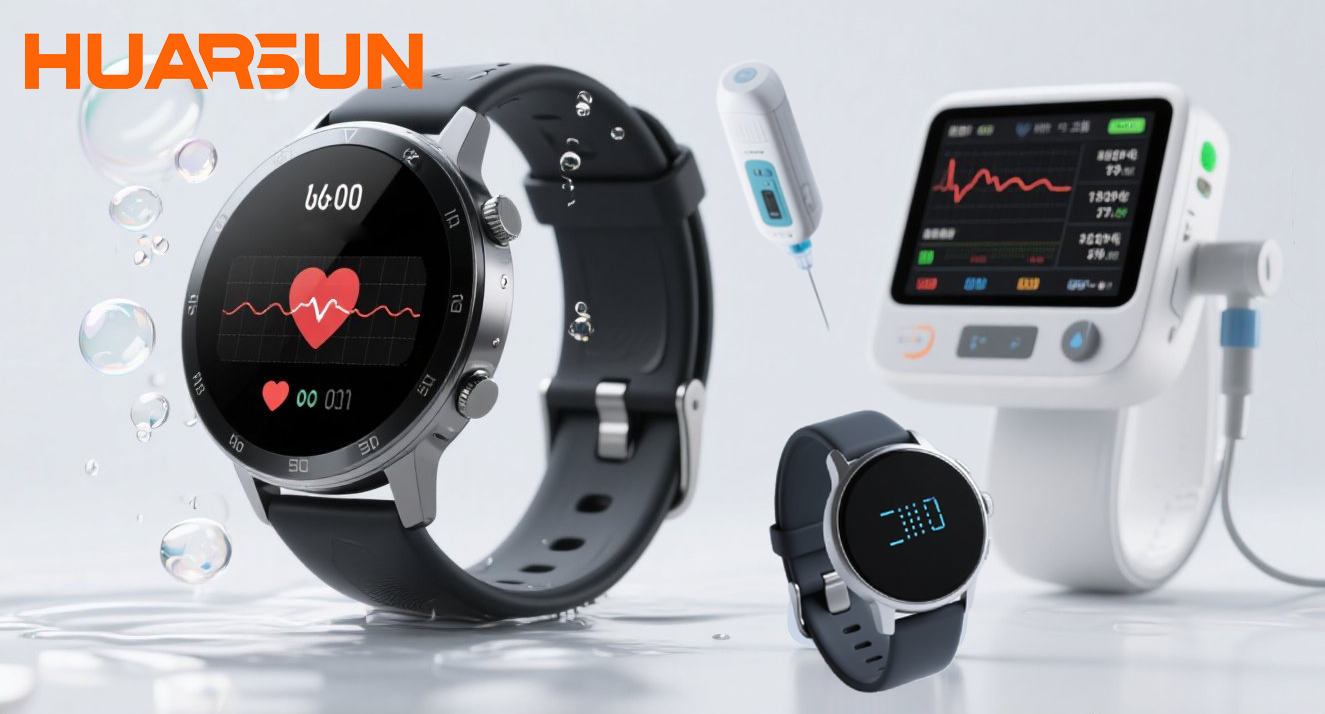
Let Others Take the Spotlight — We Power the Real Devices
So while smart glasses take the headlines, it's compact displays under 2.4 inches that enable the real interactions — the button presses, the patient readings, the charging feedback.
And if one day smart glasses need an embedded UI screen?
It’ll likely be a high-resolution 1.3” AMOLED or micro OLED — exactly the kind of modules we’re ready to deliver.
Let’s Talk Displays
Visit: https://www.hemlcd.com/
Email: sunny@hemlcd.com OR tina@hemlcd.com
We support global OEMs with TFT, AMOLED, monochrome, and PMOLED display modules tailored for smart, compact, and energy-efficient hardware.
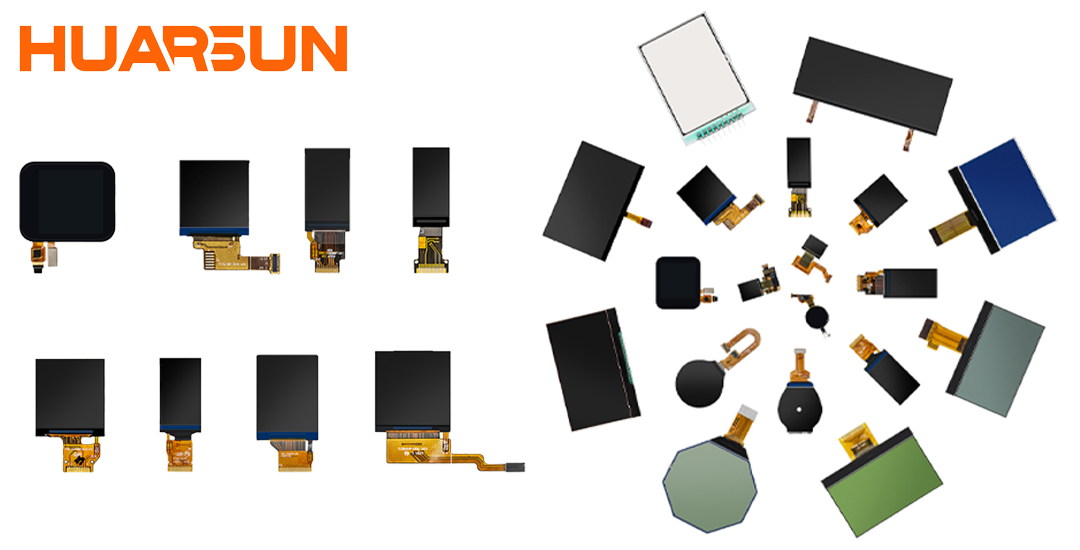









 Home
Home HEM LCD
HEM LCD  Jul 02,2025
Jul 02,2025 
 Mini Displays for Smart Companion Robots: 1.3" AMOLED & 2.4" TFT
Mini Displays for Smart Companion Robots: 1.3" AMOLED & 2.4" TFT 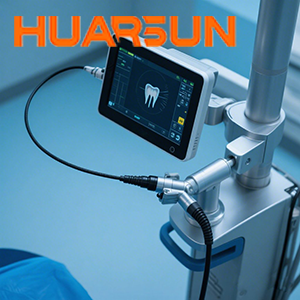
 Apr 14,2025
Apr 14,2025 

